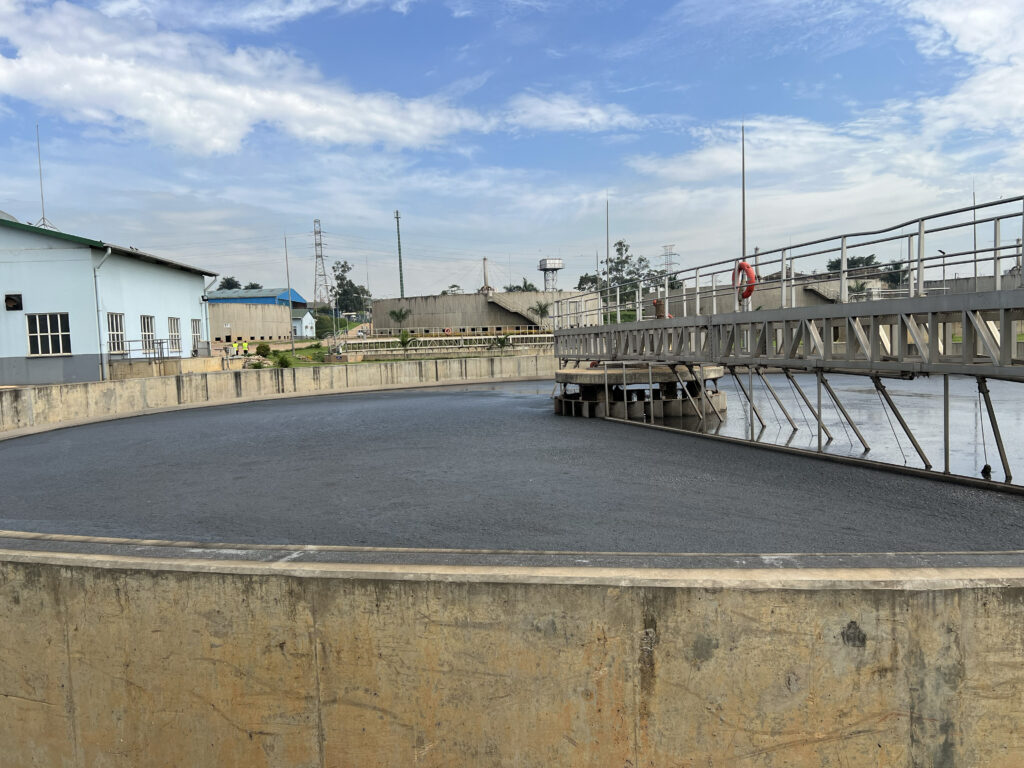
The challenges and issues faced by water and sewerage utilities are multifaceted, encompassing a range of critical aspects that collectively impact their ability to provide reliable and sustainable services. This article explores these challenges in depth, shedding light on the intricate dynamics that water and sewer utilities navigate in their quest to meet the growing demands of communities.
A primary concern for water and sewer utilities is the deteriorating state of their infrastructure. Globally, aging pipelines, treatment facilities, and distribution systems are in need of extensive maintenance, repair, or replacement. This poses a significant threat to the reliability and efficiency of service provision. Leaks, damages, and inefficiencies in older structures not only compromise the quality of service but also contribute to water loss and increased operational costs.
Managing the simultaneous needs for infrastructure enhancement and maintenance while grappling with financial constraints is a daunting challenge. The financial strain on utilities and consumers can impede crucial investments required for upgrading and expanding water and sewer networks, exacerbating the risks associated with outdated infrastructure.
The increasing global population, coupled with shifting climatic conditions, exacerbates the challenge of water scarcity. Many regions face water scarcity problems, necessitating utilities to manage water resources efficiently and sustainably. Balancing the rising demand for water with the limited availability of resources adds substantial pressure to the responsibilities of water and sewer utilities.
Ensuring the quality of drinking water and effectively treating wastewater are paramount concerns for utilities. Pollution from various sources, including industrial discharges, agricultural runoff, and urban activities, poses a threat to water sources. If not adequately treated, this pollution can compromise the quality of drinking water and pose significant health risks. Meeting rigorous water quality standards requires continuous monitoring, investment in advanced treatment technologies, and robust pollution prevention measures.
Changes in weather patterns, coupled with an increased frequency of extreme weather events such as floods and droughts, pose significant challenges to water and sewer utilities. These events can disrupt water supply systems, damage infrastructure, and affect water availability. Utilities must develop adaptive strategies to cope with the impacts of climate change and ensure resilience in the face of unpredictable environmental conditions.
Stringent regulatory standards and environmental regulations govern the operations of water and sewer utilities. Compliance with these standards is essential for safeguarding public health and environmental sustainability. However, meeting regulatory requirements while maintaining operational efficiency and cost-effectiveness poses an ongoing challenge for utilities.
Embracing new technologies for water treatment, distribution, and management is crucial for improving efficiency and sustainability. However, integrating these technologies comes with its own set of challenges. It requires substantial investments, specialized expertise, and careful planning to ensure a smooth transition without disrupting service delivery.
Utilities must develop comprehensive plans to respond to emergencies, including natural disasters or infrastructure failures. Establishing resilience and emergency preparedness measures is vital to ensuring the continuous delivery of services to customers, even in the face of unforeseen challenges.
In conclusion, the challenges faced by water and sewerage utilities are diverse and interconnected. Addressing these challenges requires a holistic and collaborative approach involving financial planning, technological innovation, regulatory compliance, and a commitment to environmental sustainability. As these utilities navigate the complexities of their operating environments, finding sustainable solutions becomes paramount for ensuring the well-being of communities and the preservation of essential water resources.


